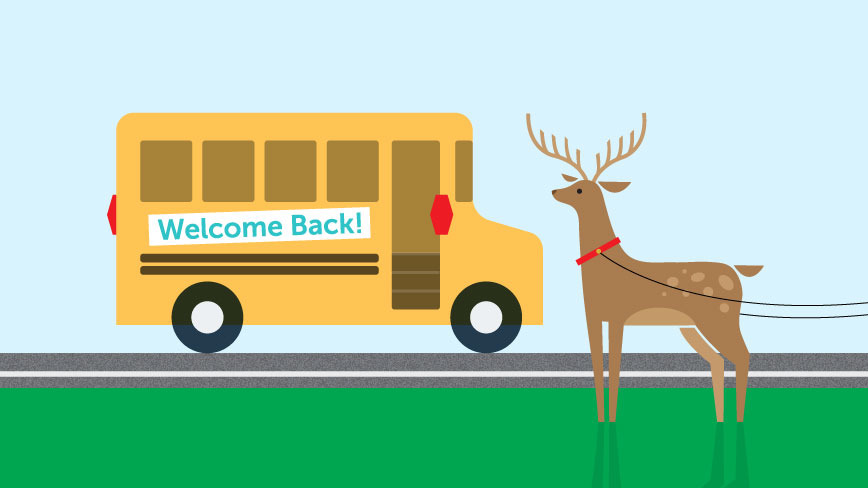Back-to-school marketing campaigns helped lay the foundation for 2016 holiday marketing, as major brands line up their strategies.
At the start of each school year, chances are that holiday presents for kids are not on their parents’ minds. Yet, in the retail and marketing world, back-to-school events and holiday marketing sales could not be more connected. The trend of long lead-ups to holiday purchases has reversed in recent years in favor of constant fall and winter purchases accented by notable, retailer-specific sales events.
In other words, for many people, holiday shopping starts before the first school bell rings.
Accessory Sales Rule
With many of its sales coming from business iPad purchases, Apple looks for new ways to ignite desire for new products within the consumer end of the market. The recent release of the new iPhone highlights its most notable additions including a more powerful, dual-camera system and its intention to reclaim the title of “best smartphone camera.”
However, the most significant change to the new iPhone represents what is missing: the 3.5mm headphone jack. This change will have the added benefit of spurring holiday sales for wireless headphone accessories or headphones that use Apple’s proprietary lightning jack. Since many consumers have already moved towards wireless headphone technology, the switch will only be an inconvenience to some.
Perhaps trying to help ease the transition, Apple offered wireless Beats headphones for free as part of their annual Back to School promotion. Recipients of these headphones can serve as product ambassadors for the shift to 3.5mm-agnostic technologies and a culture that is comfortable with the loss of the once-popular connection.
Creating Must-Have Products
One of the easiest ways for brands to jump onto holiday shopping lists is to remain on people’s minds in the months ahead by releasing hot products. Kids are always going to want the “in” products, so companies can leverage this desire by partnering with other companies to produce in-demand items that will increase their brand association and sales in a positive way.
Hasbro executes this strategy beautifully by capitalizing on the popularity of the Star Wars movie franchise. During the back-to-school season, Hasbro created a lot of buzz surrounding the release of its new line of toys for Rogue One: A Star Wars Story, which isn’t due to hit theaters until December, by using video to tell a story around the movie characters.
“Hasbro has been talking a lot about ‘storytelling’ to engage their customers, and they have been consistent in that storytelling across product channels,” said analyst Jamie M. Katz.
Habro is hoping that the demand for its Rogue One toys will be a repeat of its 2015 holiday season, which resulted in a 13% revenue increase to $1.47 billion due to the high demand of its Star Wars toys.
Targeted Ads Help Push Conversions
Brands that prioritize both back-to-school events and the holidays increasingly find not just their sales from digital but also their leads. As customers research products, targeted ads can help increase brand awareness and lead to website conversions.
Of these ads, purchase-oriented display that acts as a product listing can help increase order sizes. In 2015, search engine-based product listing ads drew a threefold increase in cart size compared to 2014, and product ads on social media delivered astonishing ROI compared to other forms of targeted display.
Expect brands and retailers to fight for mindshare and early online conversions using these strategies as the move towards omnichannel shopping experiences intensifies in the lead up to holiday season marketing.

